Our Sustainability Journey
For almost 100 years, we have used our capability and expertise to develop smart and sustainable energy solutions.
Ardnacrusha - Meeting the energy needs of the Irish nation
Ardnacrusha Hydroelectric Power Station was opened in 1929. At the time, the 86 MW capacity was enough to meet the electricity demands of the whole country and was based on a renewable and sustainable resource from the River Shannon. The harnessing of power from the River Shannon was a huge success, bringing ‘cheap and abundant’ electricity to the Irish people for the first time, and paving the way for the similarly innovative Rural Electrification Scheme which followed 20 years later.
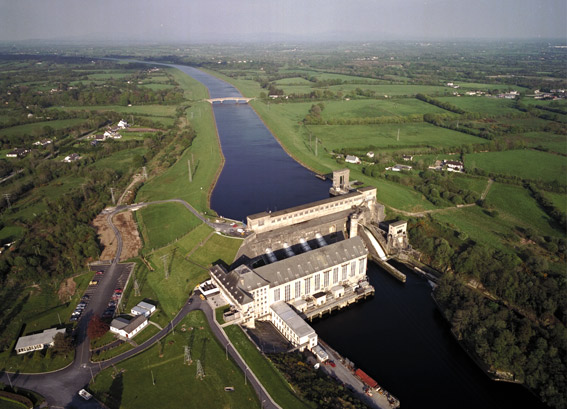
Harnessing the power of Irish rivers
In 1959 ESB opened the last of its Hydroelectric Power Stations in Donegal. At that time the full potential of the Irish river system had been realised with renewable and sustainable power harnessed from the Shannon, Lee, Liffey. Erne and Clady Rivers. In total 220MW of renewable power was available – enough to power almost a quarter of a million homes.
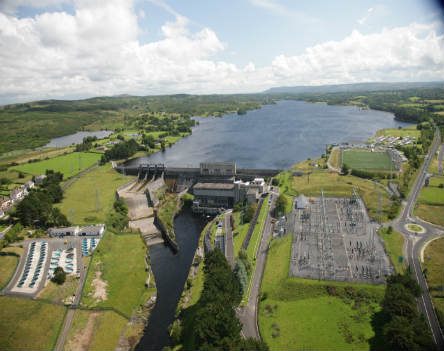
Turlough Hill - a unique solution to meeting peak demand
As Ireland’s population grows and demand for electricity increases, ESB recognises the need to meet this booming demand for power. To do so in an environmentally friendly manner, ESB designs and constructs a pumped storage hydroelectric station in Turlough Hill in Co. Wicklow. This proves a unique and innovative civil engineering solution for Ireland at the time. The station generates up to 292MW during peak demand periods and can go from standstill to full capacity in 70 seconds. It does this by releasing water from the upper reservoir and allowing it to flow through four turbines into the lower reservoir. During periods of lower demand, water is pumped back to the upper reservoir, ready to be used again. This helps flatten the ‘demand curve’ for electricity over any given 24-hour period and so is invaluable to the grid and helps to avoid the use of fossil fuel stations at peak times.
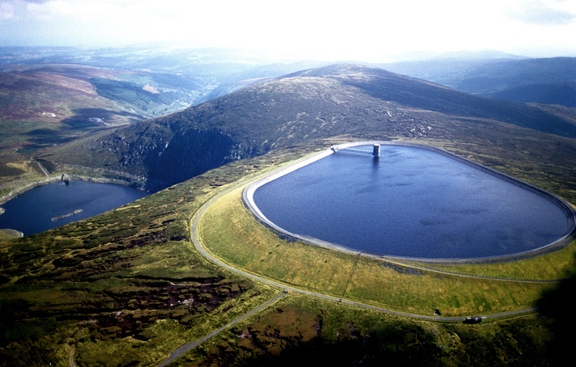
ElectricAid - Making a real difference
ESB staff's social justice and development fund ElectricAid was founded in 1987. The founding impulse came from the disastrous Ethiopian famine of that time and a desire from staff to make a real difference. ElectricAid’s primary goal has always been to focus on development rather than disaster and on prevention rather than relief. A key focus is working with partners on the ground and empowering people and communities to lead their own sustainable projects to bring about real and lasting change for good. Over that time ElectricAid has grown to become Ireland’s premier occupation-based charity, and a funder of scale of micro-development projects all over the world, and continues to fund social-justice projects in Ireland. It is estimated that ElectricAid has touched and changed the lives of 1.4 million people. Almost 2,500 people – staff and pensioners - are now the members and bedrock of ElectricAid.

ESB opens first windfarm
ESB opens its first wind farm at Crockahenny, Co Donegal in 1998. The wind farm has a combined capacity of 5 MW – enough green energy to meet the electricity needs of around 3,000 homes. ESB has since developed a portfolio of renewable assets, complemented by acquisitions and partnerships and now has the capacity to supply 1,000MW of clean energy to the homes, farms, hospitals, schools, and businesses throughout Ireland and the United Kingdom.
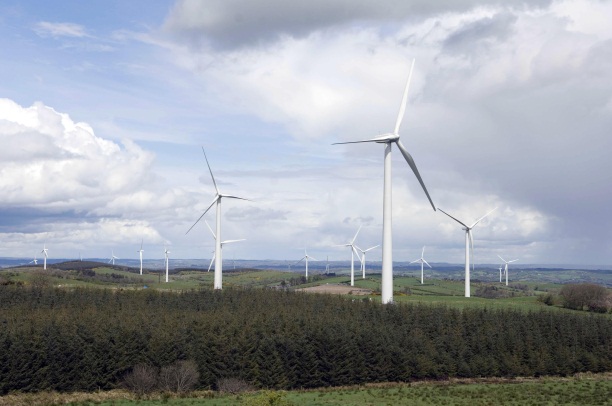
A Decade of Renewal
Throughout this decade ESB Networks invested over €6bn through a renewal of the Distribution infrastructure to bring about a smart and sustainable system. This visionary programme included the integration of electricity from renewable energy sources into the energy system, support for an electric vehicle infrastructure, the establishment of a dedicated Smart Metering project and the development of a microgeneration initiative to stimulate this sustainability market in Ireland.
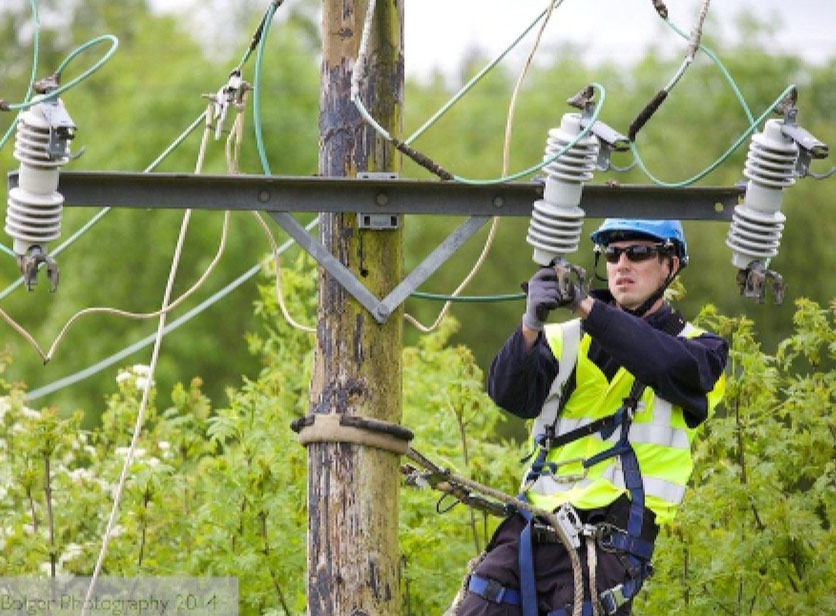
ESB issues its first Sustainability Report
ESB published its first Sustainability Report and undertook a strong commitment to leadership in carbon management and energy efficiency. This required that ESB become exemplary in energy efficiency and environmental performance and in how the company carried out all internal business activities. To underline the importance of this, ESB put in place a sustainability programme responsible to an Executive Director of Sustainability and issued a comprehensive Sustainability Charter.
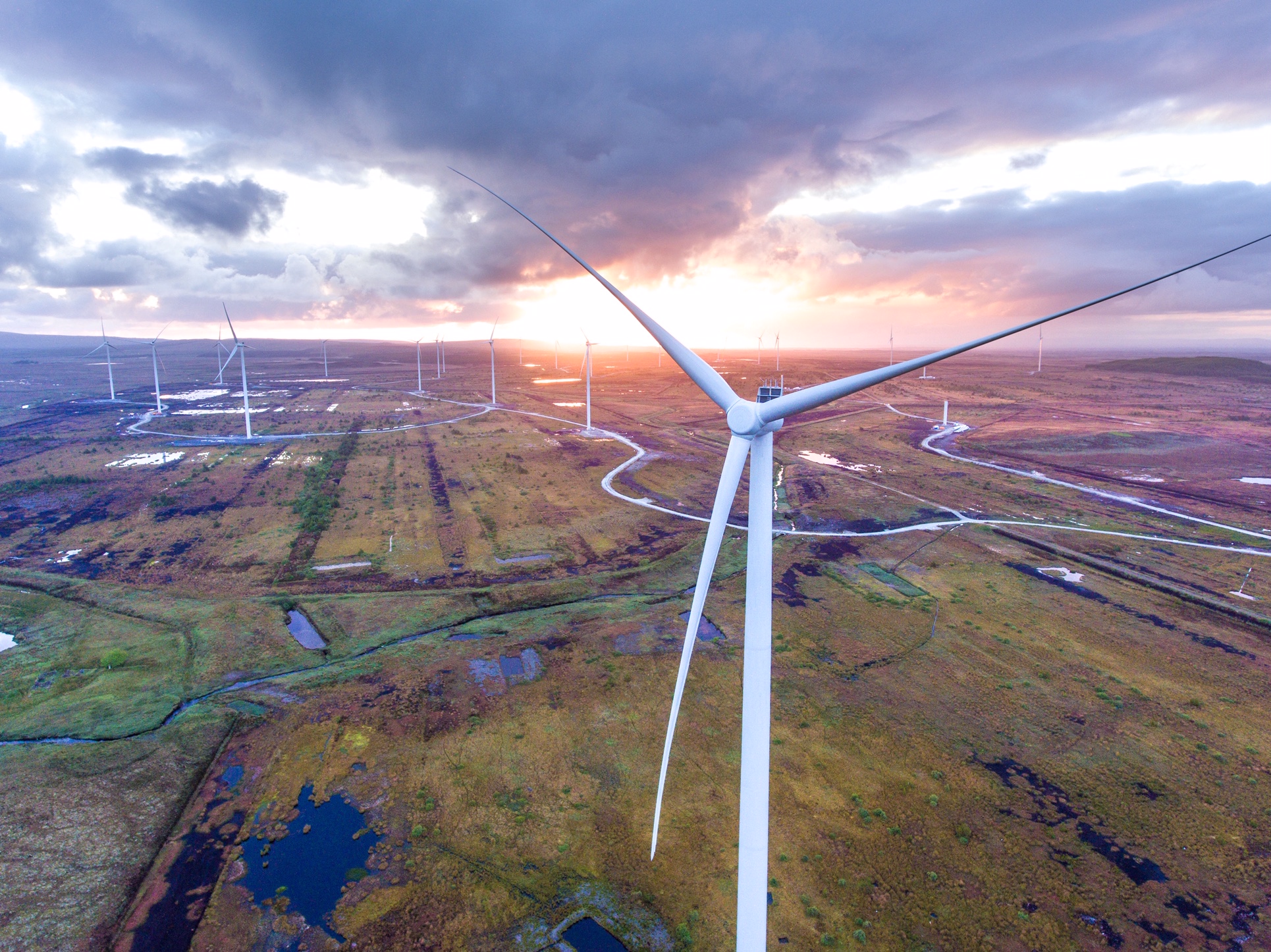
Carbon Disclosure Project
ESB made its first carbon emissions disclosure through CDP (Carbon Disclosure Project), a global not-for-profit charity that runs the carbon disclosure system for investors and companies. CDP aims to help them manage their environmental impacts, representing the most comprehensive collection of self-reported environmental data globally. In addition to capturing carbon emissions, the CDP assesses the performance of each company.
Building an EV Charging Infrastructure
ESB establishes ecars in 2010 to roll out the charging infrastructure for electric vehicles (EVs) and to support the introduction and demand for EVs nationally. Critical to the take up of electric vehicles is the provision of conveniently positioned charge points across the island of Ireland. There are currently 1,300 public charge points across the island of Ireland with the roll out of fast chargers and superhubs to facilitate the increasing uptake of EVs.
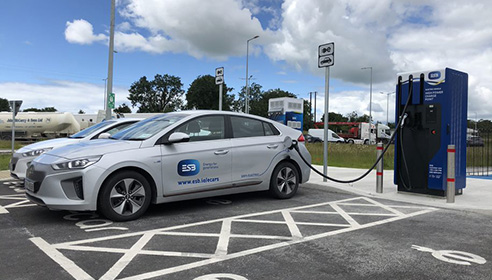
First Offshore Wind Investment
ESB makes its first offshore wind investment. Galloper offshore windfarm is a 353 MW wind farm project located 30km off the coast of Suffolk and can generate enough electricity to power up to 380,000 average UK households. ESB has a 12.5% share in the project and it marks the company’s first major step into offshore wind generation and provides a platform for similar developments off Ireland and Britain.
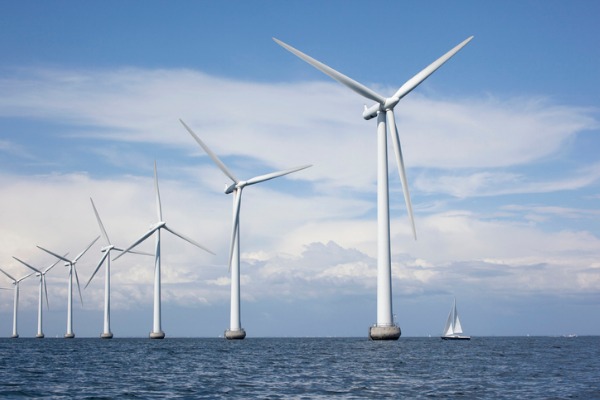
Smart Metering
As part of the National Climate Action Plan, ESB Networks is upgrading all electricity meters in homes, farms, and businesses across the country with smart meters. We have now installed over 800,000 smart meters nationwide. Smart meters will support Ireland's transition to a low carbon future by enabling the development of smart grids, and supporting the electrification of heat and transport, local renewable generation and microgeneration. Electricity supply companies have begun to offer new smart products and services, which enables you to shift some of your consumption to times of the day when electricity is cheaper. All 2.4m meters across Ireland will be replaced by the end of 2024.
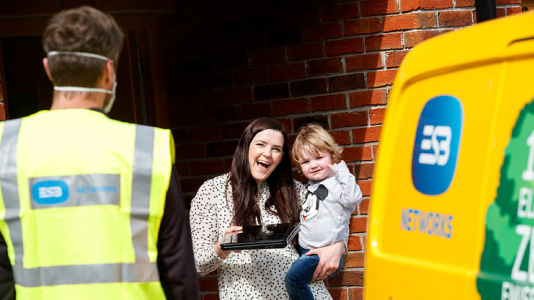
Dingle Project
The Dingle Project, a highly innovative 3-year project, was established which focused on the deployment and assessment of the impact and role of a range of new technologies, in the development of a smart resilient, low carbon electricity network.
The renewable and clean energy enabling technologies installed at trial participants' properties included Solar PV Systems, Residential -scale batteries, Air Source Heat Pumps, Electric Vehicles, Smart EV chargers and bi-directional (V2G) chargers and Home Energy Monitoring Systems
The project also trialled a number of smart devices on the electrical network to enhance its reliability.
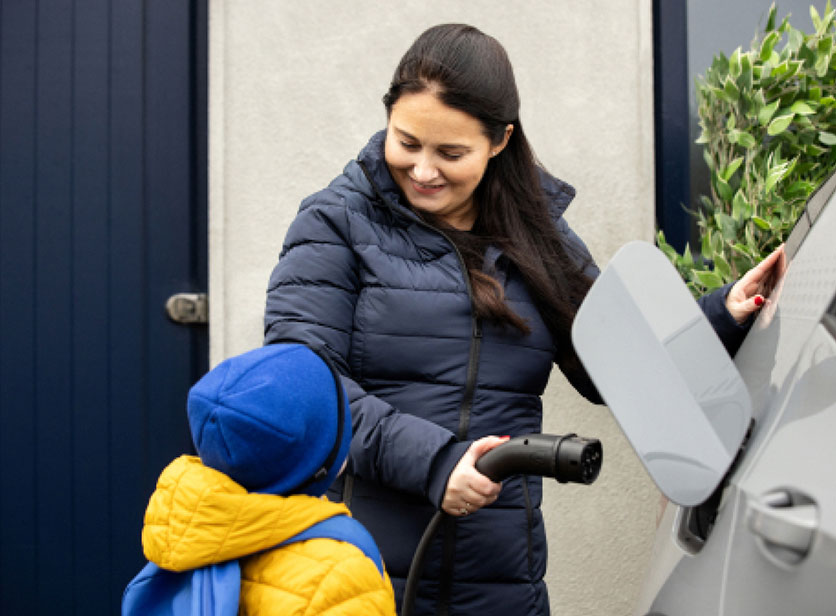
Project Fitzwilliam
Work commences on Fitzwilliam 27, ESBs new Head Office. This major new development includes a high level of design sustainability in areas such as environmental wellbeing, low energy usage, sustainable materials, leading waste management strategy and supporting the natural environment. The installation of ground source heat pumps, solar panels, hybrid ventilation, rain water harvesting and intelligent building management systems will ensure that Fitzwilliam 27 is an exemplar sustainable development.
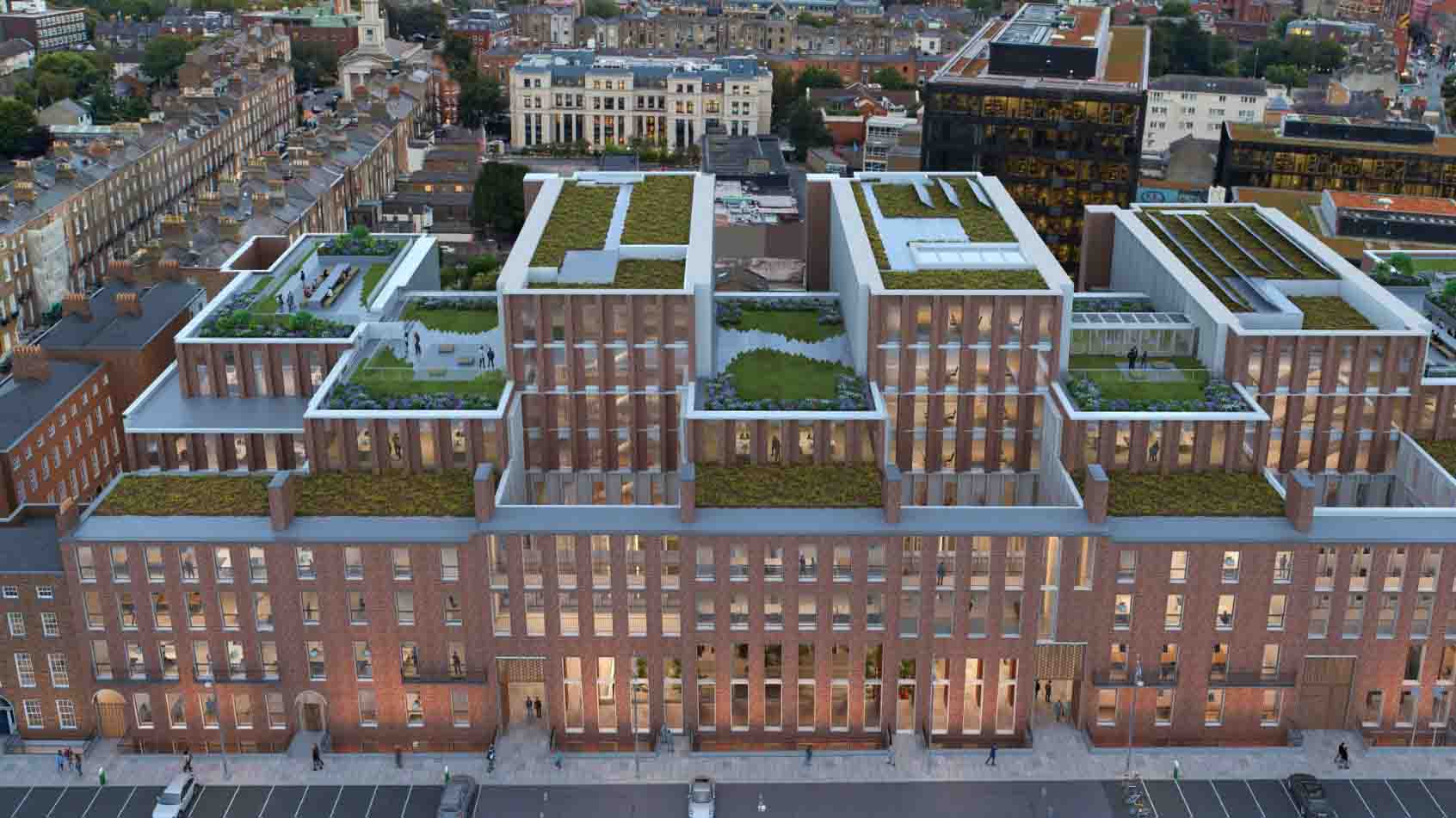
ESB takes 50% stake in major Scottish Offshore Windfarm
ESB announced that it is taking a 50 percent stake in the Neart na Gaoithe (NnG) offshore wind farm off the coast of Scotland. NnG has a capacity of 450 megawatts of low carbon energy and will offset over 400,000 tonnes of carbon emissions each year.
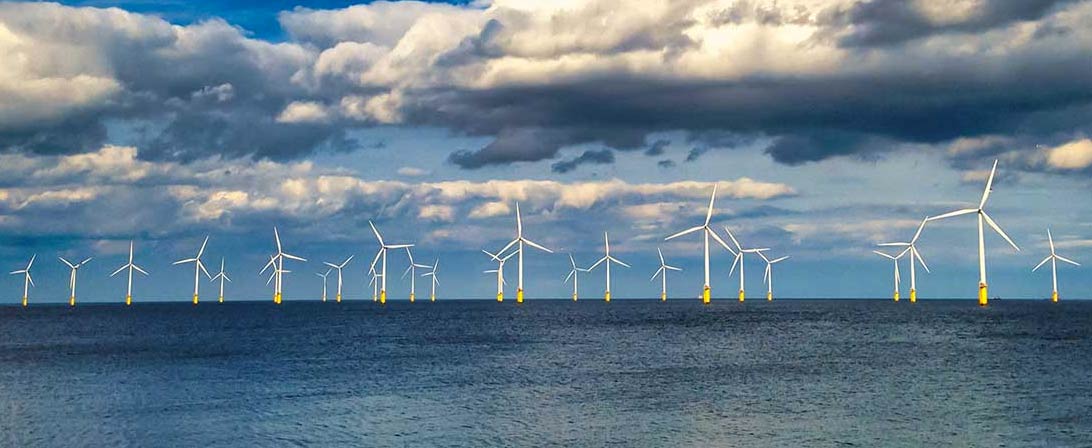
ESBs issues first Green Bond
ESB successfully placed a €500 million green bond. The bond is the first ever Irish corporate public green bond with the net proceeds from the transaction being allocated to finance eligible green projects, including renewable energy generation, network connections for onshore wind farms and electric vehicle charging infrastructure. The transaction was executed after an extensive European roadshow involving more than 100 leading investors.
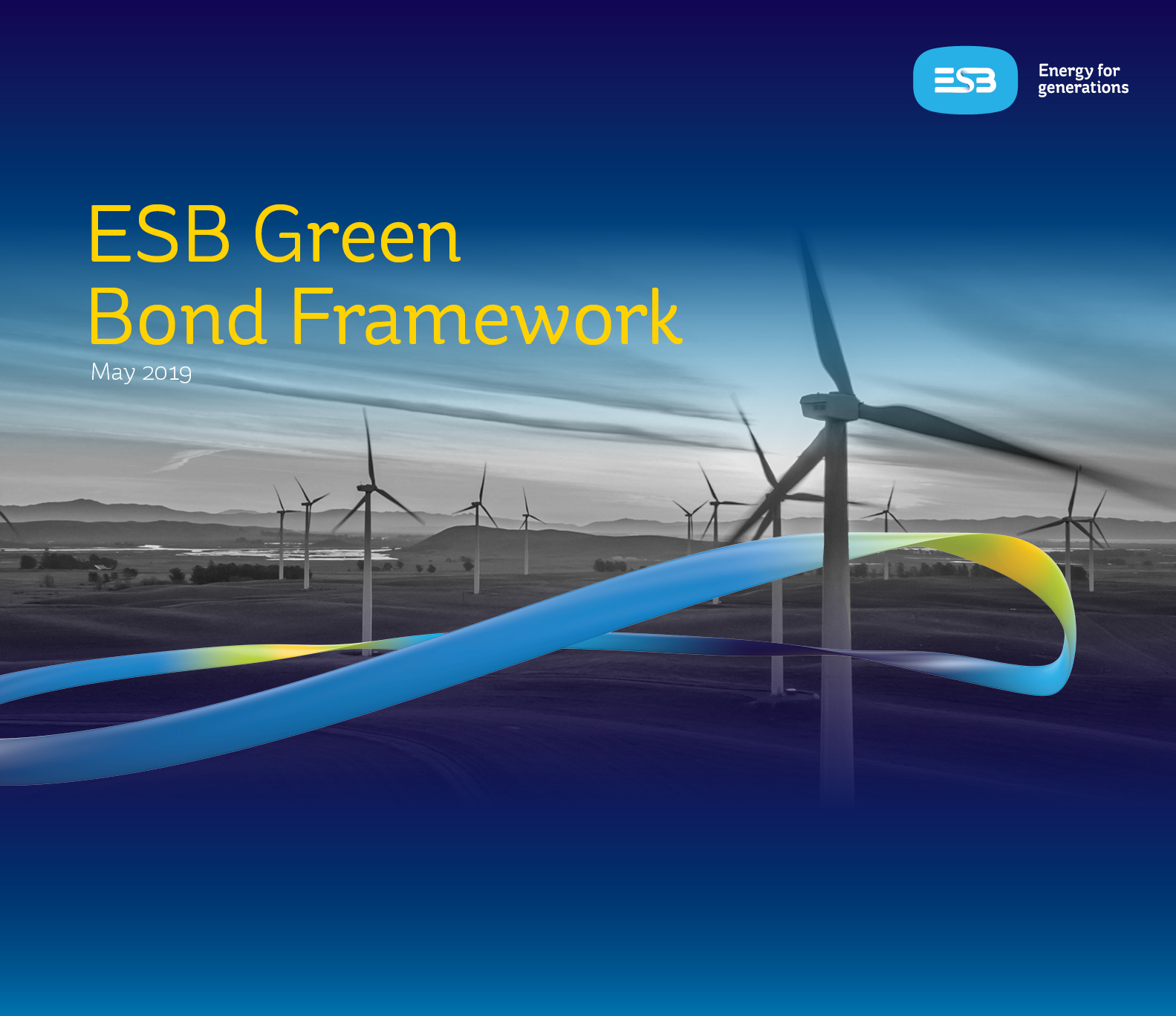
ESB continues to grow offshore wind capability
ESB joined with Edinburgh-based Red Rock Power Limited to form a 50:50 joint venture for Inch Cape Offshore Limited, a large wind farm development off the east coast of Scotland with the potential to powering around 700,000 homes and businesses.
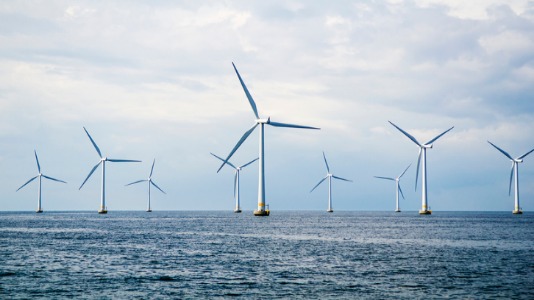
Electric Ireland Superhomes
Launch of Electric Ireland Superhomes which is a joint venture between Tipperary Energy Agency’s Superhomes and Electric Ireland with the aim of dramatically upscaling home retrofits. The ambition is to guide Irish homeowners to warmer, comfortable and more energy efficient homes and support the achievement of Ireland’s climate action targets through a commitment to delivering 35,000 home retrofits by 2030.
Green Atlantic@Moneypoint
ESB announces Green Atlantic @ Moneypoint. Under the ambitious programme, ESB’s Moneypoint site in County Clare will be transformed into a green energy hub, helping Ireland to become a leader in green energy production. Green Atlantic @ Moneypoint is a multi-billion Euro programme of significant investments on the site over the next decade resulting in hundreds of jobs, including;
- Renewable enablement: A new €50m Sustainable System Support facility featuring a Synchronous Compensator which will be the largest of its kind in the world enabling higher volumes of renewables on the system.
- Moneypoint Floating Offshore wind farm: A floating offshore wind farm of 1,400MW will be developed off the coast of Counties Clare and Kerry in two phases and once complete will be capable of powering more than 1.6m homes in Ireland.
- A wind turbine construction hub: Moneypoint will become a centre for the construction and assembly of floating wind turbines. A deep-water port already exists at the site, making it an ideal staging ground for the construction of the wind farm.
- Hydrogen Energy: ESB’s plans include investment in a green hydrogen production, storage and generation facility at Moneypoint towards the end of the decade. A clean, zero-carbon fuel, green hydrogen will be produced from renewable energy and used for power generation, heavy goods vehicles in the transport sector and to help decarbonise a wide range of industries such as pharmaceuticals, electronics and cement manufacturing.
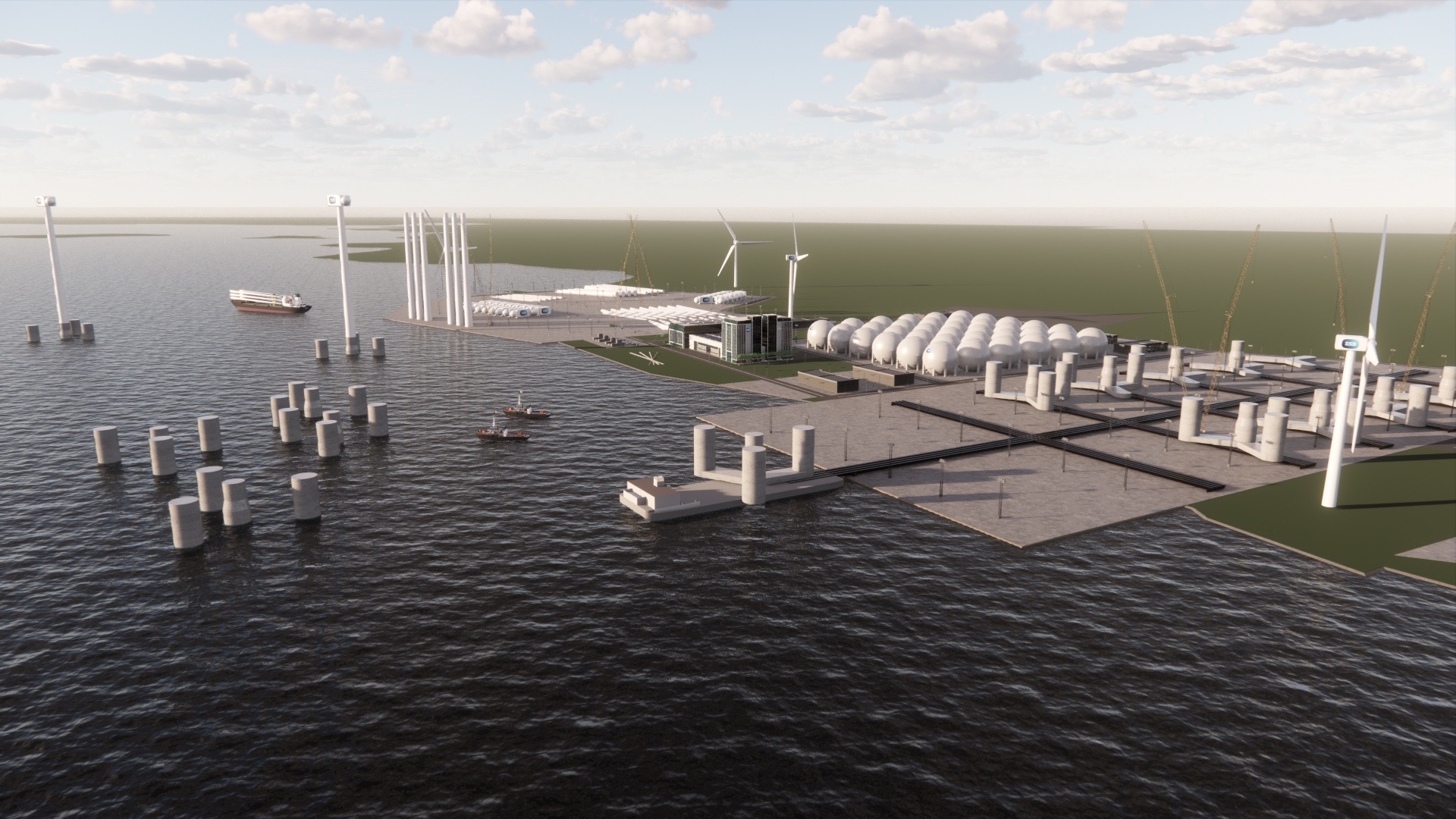
ESB places second Green Bond
ESB successfully placed a second €500 million green bond. The net proceeds from the transaction will be allocated to finance eligible green projects, such as renewable energy generation and energy efficiency projects including the continuing roll out of the National Smart Metering Programme by ESB Networks.
ESB launches it's Net Zero Strategy
ESB launched its new strategy - Driven to Make a Difference: Net Zero by 2040. This transformative drive to achieve net-zero by 2040 sets out a clear path to achieve decarbonised electricity, aresilient infrastructure and empowered customers. The strategy explicitly maps to the UN Sustainable Development Goals (SDGs), supporting the global agenda to achieve a better and more sustainable future for all.
Objectives core to the delivery of the strategy include:
- Decarbonised Electricity: Develop and connect more renewables to the electricity network. Deliver a five-fold increase in renewable electricity, increasing ESB’s renewable generation portfolio from almost 1GW to 5GW and reducing the carbon intensity of our generation by two thirds by 2030. ESB Networks and NIE Networks, with Eirgrid and SONI and all renewable developers, are already working to deliver a doubling of the renewable generation connected to the electricity transmission and distribution networks - from 6.2GW today to more than 15GW as both Ireland and Northern Ireland target 80% of electricity from renewables by 2030.
- Resilient Infrastructure: Resilient electricity networks are absolutely central to climate action. ESB will continue to invest in maintaining electricity resilience, an important and challenging factor in the transition, and in system services, which will be required to help the system operators cope with high volumes of renewables. A fundamental part of the capability to get to Net Zero, is finding a way of storing clean electricity when there is a surplus so that it can be used when the wind isn’t blowing. ESB is committing to play a significant role in making this a reality both through batteries and the other intraday storage and, in longer term, clean energy storage technologies such as hydrogen.
- Empowered Customers: Empower, enable and support customers and communities to achieve net zero, reflecting our commitment to working alongside customers and communities supporting them with the infrastructure, products and services they need to live more sustainably using clean electricity. Specifically, we plan to double the number of ESB’s public EV charge points by 2030 to 3,000 – helping to drive carbon out of transport. And we will deliver 35,000 deep home retrofits through electric Ireland Superhomes – our new partnership with Tipperary Energy Agency – supporting our customers to drive carbon out of heating.

